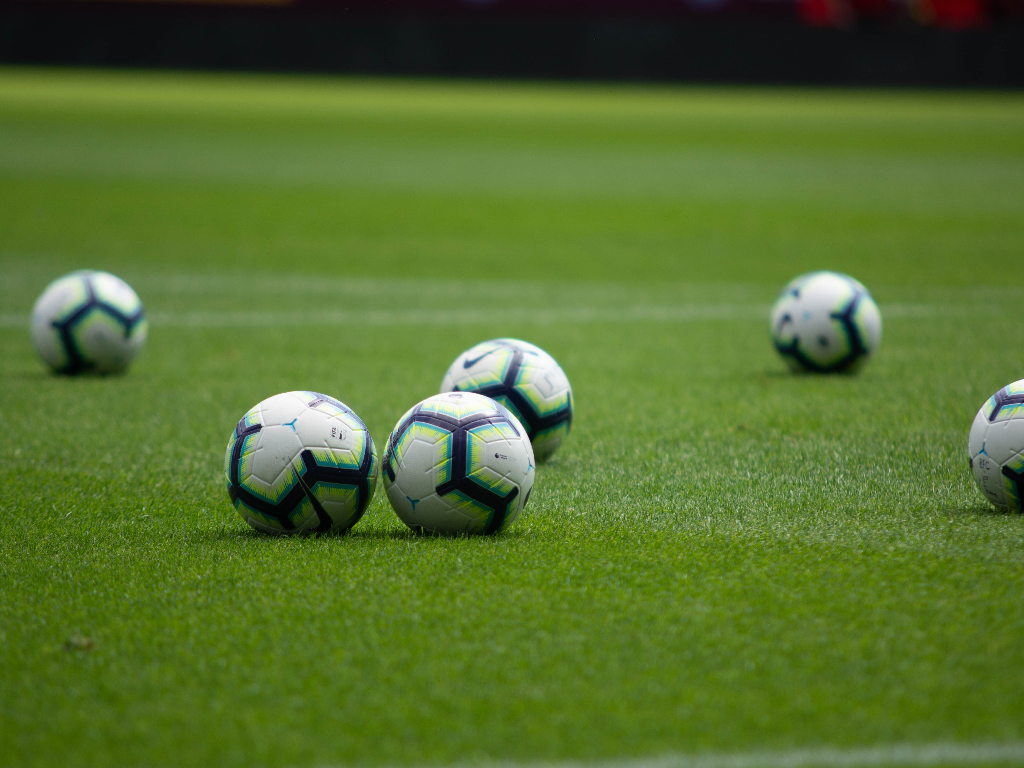How to Prolong the Lifespan of a Football: The Soccer Fan’s Ultimate Guide

Have you ever felt that sudden disappointment when your favourite football feels flat or worn out way sooner than you expected? We've all been there. The truth is, like all treasured possessions, your football requires a little love and care to stay round, inflated and in match condition.
From the moment you choose your ball to the time you store it away after an energetic game, we've got you covered with easy-to-follow tips and helpful advice on how to prolong the lifespan of a football.
Choosing the Perfect Football
The longevity of your ball can significantly depend on its initial quality. Not all footballs are created equal. While a cheaper one might seem tempting, it may end up costing you more in the long run when it quickly wears out.
The first issue to consider is the material. Usually, balls made of synthetic leather tend to be more durable than those made from other materials. They offer a great balance between softness, durability, and water resistance.
Next, have a look at the stitching. Is it machine-stitched, hand-stitched, or thermally bonded? Each has its pros and cons, but generally, thermally bonded balls tend to last longer as they are seamless — offering better water resistance and shape retention.
It’s also important to consider the reputation of the brand. Brands with a long history in the game — such as Mitre and Precision Training — often produce high-quality products that last. Do a bit of research and read reviews before making your purchase.
Choosing a durable ball may require a slightly larger upfront investment, but it's worth it in the long run. You'll spend more time on the pitch, less time shopping for replacements, and ultimately save money.
Top Tips for Protecting Your New Football
So, you’ve finally made your decision. You’ve bought a great football from The Soccer Store, and you need to know how to protect your investment. Here are a few top tips to ensure your football delivers many years of faithful service on the pitch.
1. Inflate Your Football Correctly
You might be surprised to learn that both under and over-inflating can be detrimental to your ball's lifespan.
A ball that's not fully inflated can become deformed over time, especially if used regularly. It also won't bounce properly, which can take some fun out of the game. Over-inflating, on the other hand, can put too much stress on the seams of the ball, leading to early wear and tear.
Every football comes with a recommended pressure range, usually printed somewhere on the ball. It's typically measured in PSI (pounds per square inch). A standard range is around 8.5 to 15.6 PSI, but it's best to check for your particular ball.
To inflate your ball, you'll need a pump and a pressure gauge. Carefully insert the pump needle into the ball's inflation hole (sometimes you might need to wet the needle a little), and pump air until the pressure gauge reads within the recommended range.
Remember, a correctly inflated football not only lasts longer but it also improves your game by ensuring consistent performance and control. Just make sure you always have a quality football pump available.
2. Handle Your Football with Care
Remember, your football is designed for regular play, not for enduring extreme forces.
Using your ball on inappropriate surfaces can also lead to its early demise. If your ball is designed for grass, it's not a good idea to use it on concrete or rough terrains as they can easily scratch or puncture the surface. Try to use the ball on the surface it was designed for — whether that’s grass, turf, or indoor floors.
Never sit or stand on your football. It may seem like fun, but it's not what the ball was designed for and can quickly lead to deformation.
3. Clean and Maintain Your Football
Playing football naturally exposes it to dirt, grass, and potentially mud, which can stick to your ball and get into its seams. If left unchecked, this can degrade the material over time and lead to a less-than-smooth playing experience.
Here's a simple, step-by-step guide to cleaning and maintaining a football:
1. After a game, shake off any loose dirt or grass from the ball.
2. Use a dry brush to remove any remaining dried dirt or mud.
3. Wet a cloth with warm, soapy water (mild soap is best) and gently wipe down the entire surface of the ball.
4. Rinse the ball with clean water to remove any soap residue.
5. Dry the ball thoroughly with a clean towel. To prevent mould growth, it's crucial to make sure your ball is completely dry before storing it.
Optional: Apply a bit of petroleum jelly to the ball's seams. This helps keep them remain flexible and water-resistant.
Regular cleaning not only extends your ball's life but also ensures it's always ready for a great game.
4. Store Your Football Correctly
Before you chuck your football in the back of the garage or leave it outside, think carefully about storage. Storing your ball correctly is just as important as how you use and clean it.
The ideal storage place is somewhere cool and dry. High temperatures can damage the ball's materials and cause it to lose pressure more quickly. On the other hand, very cold temperatures can make the ball brittle and more prone to cracking or breaking.
Prolonged exposure to direct sunlight can cause the colours of your ball to fade and its material to degrade, so it's best to keep it out of the sun when not in use.
And always make sure your ball is completely dry before storing it to prevent the growth of mould and mildew, which can harm both the look and the functionality of the ball.
If you can, store your football in a sports bag or a dedicated storage box. This can protect it from dust, extreme temperatures and accidental damage.
5. Inspect Your Football for Damage Regularly
Firstly, always check your ball for signs of wear and tear before and after each game. Look for any damage like scratches, cuts, or any signs of stitching coming loose. Also, give your ball a squeeze and a bounce to make sure it's still holding air properly.
If you notice that the ball seems to be losing air more quickly than usual, it might have a slow puncture. These can sometimes be repaired with a ball repair kit, saving you the cost of a new ball.
In the case of loose stitching or a small tear, you might be able to repair it yourself with some heavy-duty thread and a thick needle. But remember, not all damages can or should be repaired. If the ball's shape is compromised or if the outer material is peeling away, it might be time to replace it.
A Final Thought
If you take care of your football, you can look forward to many games, kickabouts and training sessions. But even the best footballs will need to be replaced eventually. If you need a high-quality, affordable football from one of the UK’s best-loved brands, The Soccer Store has you covered!

